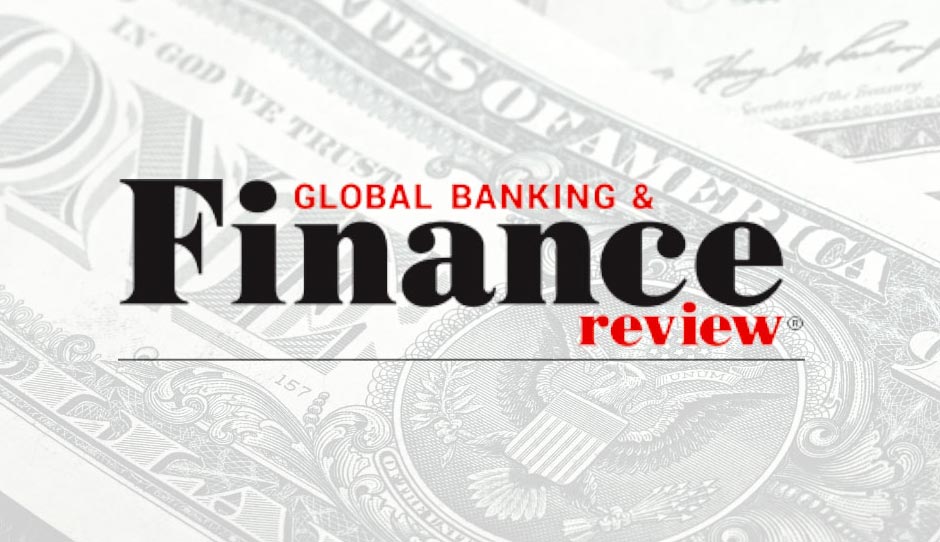Top Stories
Reforestation Projects Bring Carbon Revenues And Co-Benefits To Poor Communities

Project rules and processes need to improve, says World Bank report
Marrakesh, July 5, 2011 – Carbon markets can successfully bring revenue to poor rural communities through reforestation projects but the processes involved need reform and improvement. That is the conclusion of a World Bank report released today which draws on seven years of experience of afforestation and reforestation (A/R) projects in 16 developing countries under the World Bank’s BioCarbon Fund (BioCF).
The report, released at the Africa Carbon Forum in Marrakesh, Morocco, finds that A/R projects in developing countries face numerous regulatory, capacity, finance and land tenure issues. Despite these barriers, the projects are not only mitigating climate change by contributing to the storage of carbon dioxide, they are also improving rural livelihoods, increasing resilience to climate change, conserving biodiversity, and restoring degraded lands.
Since 2004, the World Bank’s BioCarbon Fund has built one of the largest portfolios of afforestation and reforestation projects under the UN’s Clean Development Mechanism (CDM),” said Joëlle Chassard, Manager, Carbon Finance Unit of the World Bank. “When analyzing the most efficient mitigation opportunities in developing countries, it is important to look toward the future while taking stock of what has worked and what has not. This report provides lessons for all involved – project developers, validators, regulators, and national authorities
The BioCF is a public-private initiative mobilizing resources for projects that sequester or conserve carbon in forest- and agro-ecosystems. To date, the Fund has contracted 8.6 million emission reductions from 21 projects, most of which are on degraded lands. More than half of the projects involve planting trees for the purpose of environmental restoration. It demonstrates that land-based activities can generate emission reductions with strong environmental and socio-economic benefits for local communities. The report, The BioCarbon Fund Experience – Insights from Afforestation and Reforestation CDM Projects, documents lessons from the early years of implementing A/R projects in developing countries.
It finds that these types of projects have proven challenging to develop and implement. Complex rules for designing CDM projects are among the obstacles, as is land eligibility and non-permanence. Non-permanence, for example the risk that trees burn down and thus lose their carbon stock, is currently addressed through temporary crediting, which can limit the demand for forest carbon assets. The report suggests a number of improvements that could make the implementation of these projects easier for project developers and government officials.
Implementing one of the first
afforestation and reforestation projects in Africa was a real challenge,” says Hailu Tefera, Manager of Climate Change Programs at World Vision Ethiopia. “We started developing our tree planting project in 2005 and it took four years to get to CDM registration. It was not easy but well worth the effort and we now hope that others can avoid the pitfalls that slowed us down and implement similar projects – maybe even scaled up – all across our continent
The first A/R project was registered in China in November 2006. However, it was not until 2009 that more projects followed. A number of issues contributed to the slow start – the rules under the CDM were defined later than projects in other sectors and methodologies for forestry projects were complex and unclear. It took both time and funding to develop the tools required to facilitate their application. Over time, the CDM Executive Board simplified the rules, but adapting to such changes also proved to be a challenge for project developers. The report says that even now, rules will require further simplification to significantly scale up A/R projects under the CDM.
A/R projects are now being developed at a faster pace with almost 50 in the pipeline, building on lessons learned, established methodologies and tools. Today, 27 A/R CDM projects are registered with the UNFCCC; 13 of them were developed with the support of the BioCF and, of these, four are in Africa.
Some African countries are driving the development of A/R CDM projects. In the Democratic Republic of Congo, the Ibi Batéké reforestation project is set to absorb close to 1.6 million tons of carbon dioxide between 2008 and 2037. Also with the support of the BioCF, Africa’s first large-scale reforestation project on Humbo mountain in Ethiopia’s Great Rift Valley was developed and is now looking to be scaled up.
In Moldova, the BioCF s supporting two A/R projects where local farmers are restoring about 30,000 hectares of severely degraded communal and public lands through soil conservation, sustainable timber production, reducing soil erosion and enhancing plant biodiversity. The projects are creating jobs while lowering greenhouse gas emissions that will generate carbon credits.
“These projects provide a great ‘learning-by doing’ example of the benefits of close cooperation between various stakeholders: international institutions such as the World Bank, local and regional forest enterprises, Moldova’s Forest Research and Management Institute, townships and local communities,” said Mr. Anatolie Pupoşoi, General Director of the Forestry Agency Moldsilva.
For more information on the World Bank’s carbon finance activities and
the electronic version of this report, please visit the website: www.carbonfinance.org
For more information on the BioCarbon Fund please visit:
http://wbcarbonfinance.org/Router.cfm?Page=BioCF&ItemID=9708&FID=9708
Contacts:
In Marrakesh: Isabel Hagbrink, [email protected]
In Washington: Elisabeth Mealey, +1 202 458 4475, [email protected]

-
Finance4 days ago
Cross-border payments: The key to global business success
-
Banking4 days ago
Open Banking and Cross-Border Payments: Advancements and Challenges
-
Interviews4 days ago
Navigating the Transformative Banking Landscape
-
Finance4 days ago
An Overview of Exchange-Traded Funds (ETFs) and Their Benefits







